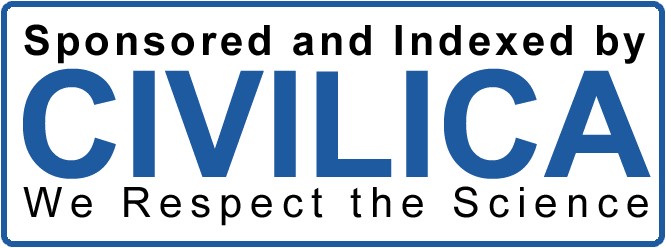Legislative and Executive Strategies for Preventing Administrative Corruption in Banking Processes
Keywords:
prevention strategies, Implementation strategies, banking processes, administrative corruption, legislative strategiesAbstract
Banking operations are highly susceptible to corruption, and the corruption occurring in these operations is often significant, causing severe damage to the economic systems of countries. Therefore, the integrity of the banking system is one of the most critical factors and components of the socio-economic system, which is sometimes closely intertwined with the political systems of these countries. This study, conducted using a descriptive-analytical method, examines and analyzes legislative and executive strategies for preventing corruption in banking processes. The research findings indicate that legislative strategies, including the development of criminalization measures aligned with international instruments and the privatization of banks (considering government debt to banks), as well as executive strategies, such as implementing information systems, improving and expanding current systems (e.g., Siyada, Sepam, Nahaab, Nasim, Chakavak, Sepaas, and others), integrating banking processes (developing banks with an electronic organization model), and establishing public monitoring systems (introducing incentive and disciplinary systems and reforming the administrative environment), are among the preventive strategies for addressing administrative corruption in banking processes.
References
Bagheri, M. (2020). Corruption in the Private Sector of Iranian Law and the Consequences of its Non-Criminalization. Horizons of Humanities(47).
Bagheri, M., & Saqouri, M. (2016). Prevention of Bankruptcies in Banks. Judicial Perspectives(75 and 76).
Barati, A. N., & Zarei, M. H. (2019). Good Governance and the Fight Against Economic Corruption: An Examination of Anti-Corruption Law in National and International Legal Systems. Majd.
Dadkhodai, L. (2011). Financial-Administrative Corruption and Policies to Combat It, Emphasizing the United Nations Convention Against Corruption. Mizan Publishing.
Faghihi, A. (2001). Accountability Systems in the Public Sector: A Comparative Perspective.
Liew, A. (2019). Enhancing and Enabling Management Control Systems through Information Technology: The Essential Roles of Internal Transparency and Global Transparency. International Journal of Accounting Information Systems, 33. https://doi.org/https://doi.org/10.1016/j.accinf.2019.03.001
Naeimi Nejad, M. (2017). Embezzlement by Employees of Private Banks. Criminal Law(3).
Naghavi, H. (2005). Corruption in the Private Sector. Specialized Management Journal(7).
Rostami, V. (2017). Examination of the Causes and Methods of Prevention of Administrative Corruption. Preventive Approach(2).
Soltani Mohammadi, H. (2007). Development and Privatization of Banks: Trends, Issues, Experiences, and Lessons. Export Bank Journal(62).
Zamanzadeh, H. (2013). Reforming the Banking System: Necessities and Challenges. Recent Economic Developments(132).
Downloads
Published
Submitted
Revised
Accepted
Issue
Section
License
Copyright (c) 2025 Mahdiyeh Sadat Karimi (Author); Mohammad Taghi Dashti (Corresponding author); Mohammadreza Hakakzadeh (Author)

This work is licensed under a Creative Commons Attribution-NonCommercial 4.0 International License.








